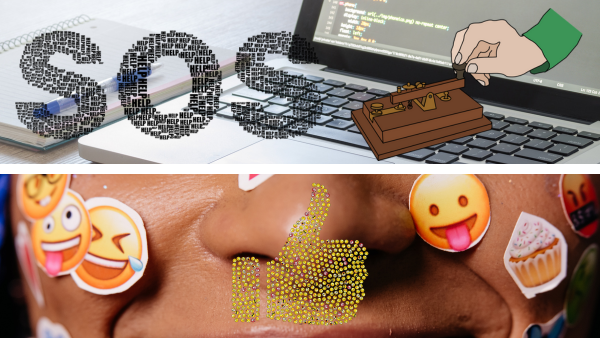
From Morse Code to Emojis

The Evolution of Communication Symbols
Communication symbols have played a significant role in human history, facilitating the exchange of information, ideas, and emotions. From the early days of Morse code to the modern era of emojis, symbols have evolved and adapted to meet the changing needs of communication. In this blog post, we will take a fascinating journey through time, exploring the evolution of communication symbols and how they have shaped the way we express ourselves in the digital age.
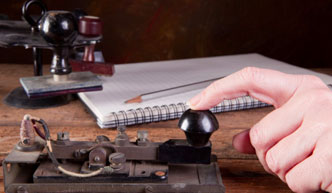
The Birth of Morse Code
In the early 19th century, Samuel Morse and Alfred Vail developed Morse code, a system of dots and dashes representing letters and numbers. Morse code revolutionised long-distance communication, allowing messages to be transmitted via telegraph wires. The simplicity and efficiency of Morse code made it a vital communication tool, enabling swift and reliable information exchange across great distances.
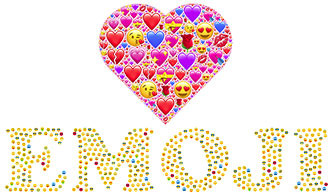
The Rise of Emoticons
As computer-mediated communication emerged in the late 20th century, the need to convey emotions in text-based conversations became apparent. This gave birth to emoticons, typographic symbols created using punctuation marks to express emotions. The classic 🙂 smiley face was one of the first emoticons, later followed by various expressions like 😉 for a wink or 🙁 for sadness. Emoticons added a layer of nuance and emotional context to digital conversations.
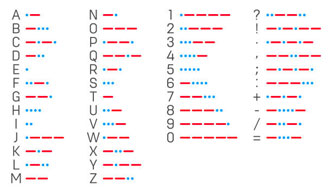
The Advent of Emojis
With the widespread adoption of smartphones and instant messaging apps, emojis entered the scene. Emojis are pictorial symbols used to express emotions, ideas, objects, and activities. They provide a visual and universally understandable way to enhance communication and convey meaning. From simple smiley faces to elaborate images representing food, animals, and more, emojis have become an integral part of modern digital communication.
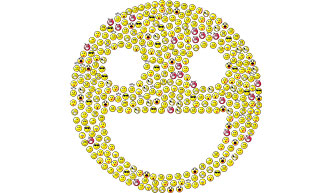
Emoji Diversity and Cultural Representation:
In recent years, there has been a growing emphasis on diversity and cultural representation in emojis. The Unicode Consortium, the organisation responsible for standardising characters across different platforms, has expanded the range of skin tones and introduced emojis representing various professions, gender identities, and cultural symbols. This has allowed for more inclusive and representative communication, fostering understanding and embracing diversity.
As technology continues to evolve, so too will communication symbols. With the rise of augmented reality, virtual reality, and new forms of digital interaction, we can expect to see further innovation in how we communicate through symbols. Perhaps we will witness the emergence of 3D emojis or even more immersive ways to express ourselves visually.
From the early days of Morse code to the vibrant world of emojis, communication symbols have evolved and adapted to meet the needs of human expression. These symbols have revolutionized how we convey information, emotions, and ideas, transcending language barriers and fostering connection. As we continue to embrace digital communication, the evolution of symbols will undoubtedly continue, shaping the way we communicate and enriching our shared language of expression.






